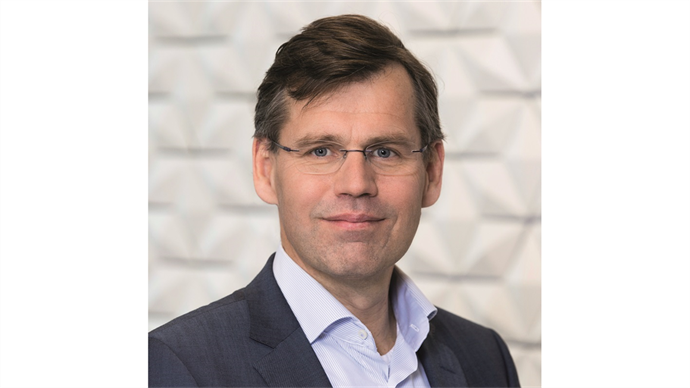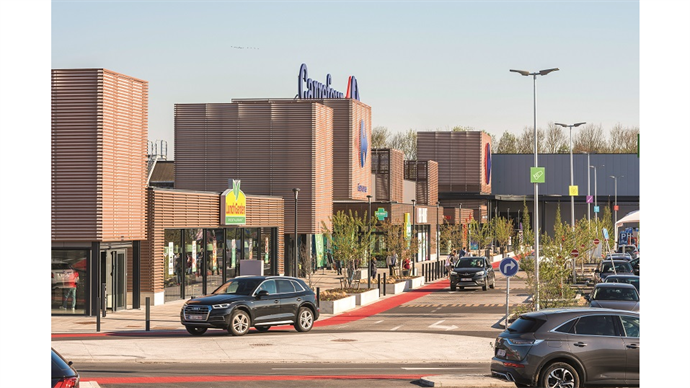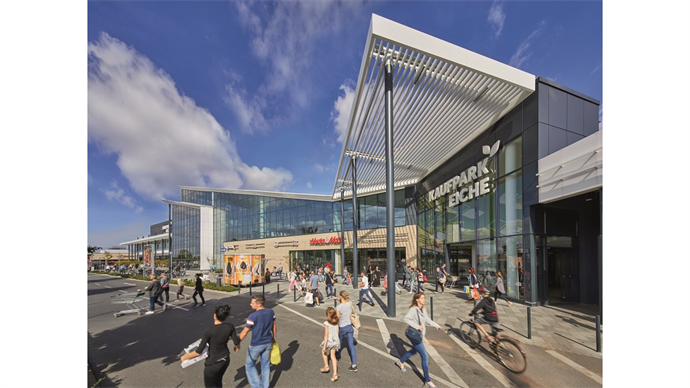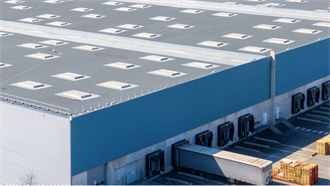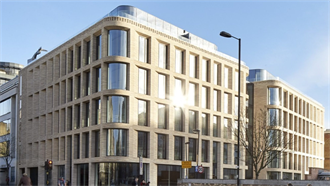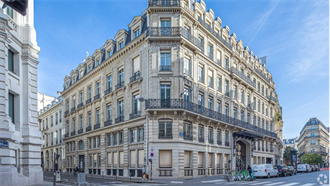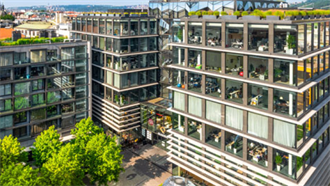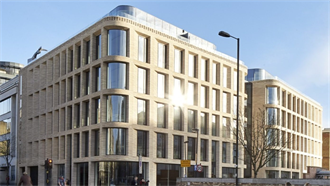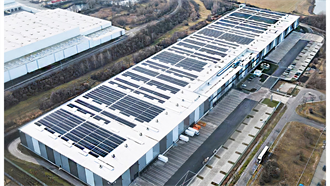A combination of good location, strong performance and the potential for adding positive impact mixed-use developments has thrust the retail park sector into the investment spotlight.
The retail warehouse parks (RWHPs) that orbit the peripheries of many of Europe’s main cities proved to be the most resilient retail property market sub-segment during the Covid pandemic and they are again topping investors’ shopping lists.
The often-large format and under-utilized RWHP sites, usually with excellent transport links, can combine opportunities for adding positive impact mixed-use developments, such as affordable housing in urban transformation projects, with hubs for renewable energy production and supply. All underpinned by the stable long-term rental income streams provided by the predominance of ‘convenience retailers’ such as hypermarkets and DIY stores in the average retail tenant mix.
Redevco created Europe’s largest retail warehouse park investment platform (RWHP) with assets under management of around €4.5 billion earlier this year after combining the properties of Germany’s redos, in which it acquired a majority stake in 2021, with its existing retail parks, mainly in Belgium. The 180 assets with a total gross lettable area (GLA) of 2.5 million square metres are distributed across Germany (60% of GLA), Belgium (38% of GLA) and France (2% of GLA).
The acquisition lifted the total assets under management in Redevco’s portfolio by about 40% to around €9.7 billion, cementing the company’s position as one of Europe’s largest privately held real estate investment managers. The redos investment also anchors the portfolio in the retail property segment that potentially offers the greatest impact returns for Redevco’s stated mission of transforming the sustainability and liveability of the urban environments in which it operates.
“With the successful integration of the redos acquisition in Germany into our existing retail warehouse park holdings, mainly in Belgium, Redevco has created the largest investment platform in Europe in this highly attractive retail market segment and we are now ready to embark on the next stage of our urban transformation mission. Redevco is carefully assessing every location within the Retail Warehouse Park Platform to identify the optimal asset mix to maximise risk-adjusted financial returns - equally weighted in our investment decisions against the delivery of substantial climate and societal impact, through active management. We are also looking to expand the geographical diversification of the platform through investments in other European markets,” Herman Jan Faber, Head of Business Development at Redevco, said.
Creating multifunctional destinations
In a European real estate market research report earlier this year, CBRE said the winning retail real estate investment strategies of the future would be those that placed the needs of the occupier at the centre and focused on “revitalized retail-led and multifunctional destinations at scale, by creating a clear and inclusive sense of place. Dominant retail-anchored and multi-use destinations offer attractive entry yields,” the agent noted. But investment success would depend on the ability of the asset manager to harness in-house cross-sector expertise.
After two pandemic-affected years, retail investment is in strong recovery mode, emerging as one of the few bright spots in the commercial real estate landscape. “Quality shopping centres and retail parks offer higher margins, more flexibility and lower risk for achieving the desired returns,” a JLL research report concluded.
Research from Cushman & Wakefield found that aggregated prime yields for retail warehouse parks compressed over the course of the pandemic from 5.6% in March 2020 to 5.49% in September 2022. The agent also pointed to strong rental stability in the retail warehouse sub-segment, with RWHPs enjoying +4% growth over the Covid period, in marked contrast to shopping centres (-10%) and high street shops (-17%). Still elevated RWHP yields offer a buffer to absorb higher interest rates in the medium to longer term, as does the widespread indexation of rents.
RWHPs lead on sustainability
The sustainability performance of the European RWHP platform will play a crucial role for Redevco in achieving its climate target of making the company’s entire real estate portfolio net zero carbon by 2040. The RWHP market has already proved to be one of the most sustainable property sectors with a relatively low intensity of energy use, insulating it from burgeoning ESG-related risks to valuations.
The pan-European scale of Redevco’s RWHP platform also offers big opportunities to expand its renewable energy production by increasing the solar panel arrays used to supply tenants, electric vehicle charging hubs and local power grids.
By the end of 2022, Redevco had installed approximately 32,000 photovoltaic panels at its Belgian retail warehouse parks under the ‘Project Solar’ initiative. The current renewable energy power generation capacity of 11.6 MWp is enough to meet the needs of 2,800 households for a year. A further 5 MWp of photovoltaic capacity is due to be added by the end of this year. Project Solar will ultimately contribute around 25% of the CO2 reduction abatement needed for Redevco to be carbon-neutral by 2040 and in parallel the energy efficiency of the assets in the portfolio will be improved through better insulation and other measures.
Liveable cities
Retail warehouse parks provide the potential for turning single-use assets into attractive mixed-use retail destinations through ‘densification’ developments. But the key to successfully repurposing and creating value for both occupiers and investors, lies in combining local real estate knowledge with specialist investment strategy expertise.
The JLL research noted that retail warehouses have typically been under-managed as an asset class, opening up a wide spectrum of ‘value-add’ investment opportunities within the core retail component and in other property sectors. RWHPs are generally located on large sites situated on the edge of densely populated urban areas, near arterial routes or motorways, with excellent accessibility. Yet ‘place making’ has been limited to date, the report said.
This presents an opportunity for skilled investment teams to tap into high residual land values with mixed-used developments and active asset management of frequently under-exploited and under-managed locations.
“Through our RWHP platform we have an opportunity to create the core of thriving neighbourhoods in and around our parks, which are usually located in the peripheries of urban areas,” Faber said.
“Retail-anchored, mixed-use developments could, where local planning permits, incorporate affordable and sustainable residential properties to address Europe’s housing supply crisis, while relieving urbanization pressures and limiting urban sprawl, as well as building on other functions such as last-mile logistics. The result is dynamic urban locations where people want to live, work and play,” he concluded.

